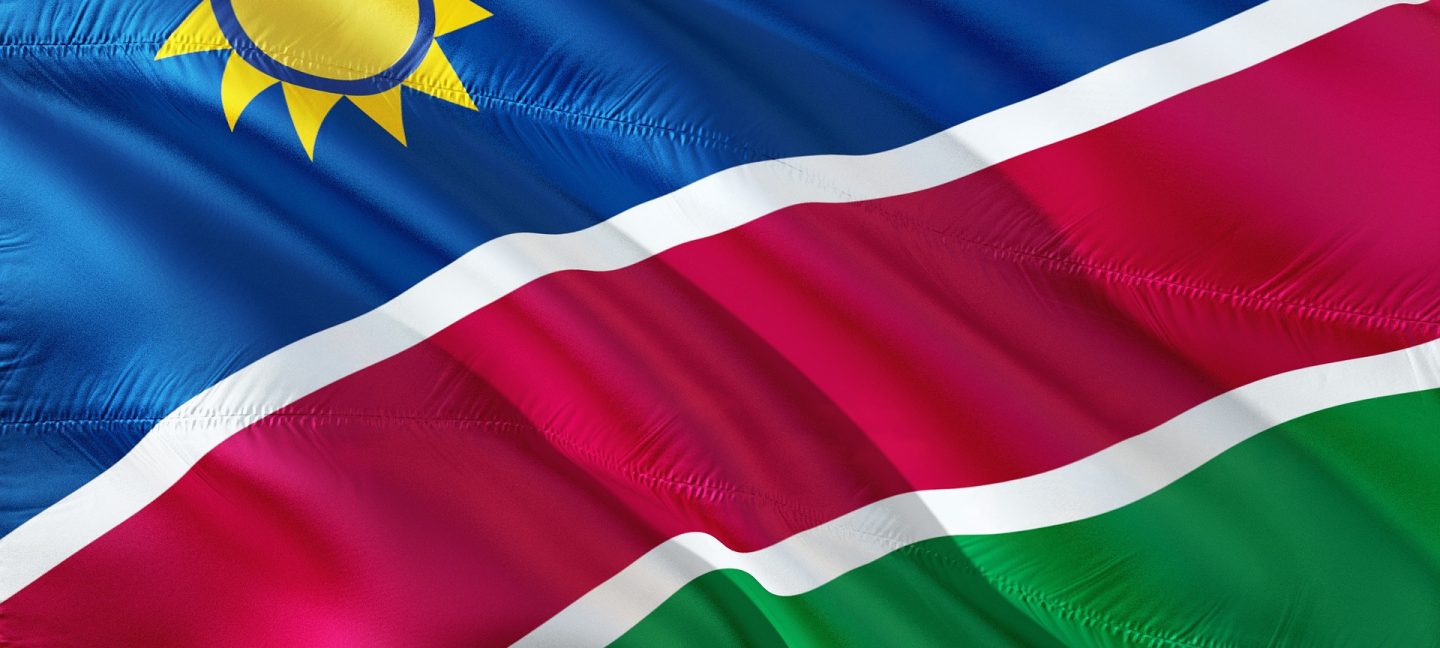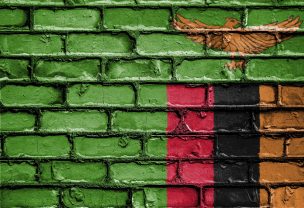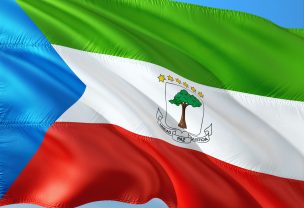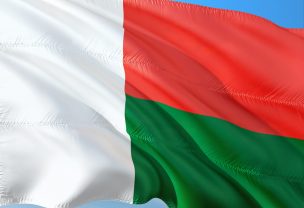Quick facts
- Full name: Republic of Namibia
- Capital: Windhoek
- Largest city: Windhoek
- Official language: English
- Area: 825,615 km2
- Population: 2,606,971 (2017)
- Currency: Namibian Dollar (NAD) 1 (NAD) = 100 cent / South African Rand (ZAR) 1 (ZAR) = 100 cent
- Foreign tourists: 1.5 million (2016)
- Travel risks and hazards: Dangerous animals, crime.
Namibia is home to the oldest desert in the world, namely the Namib desert which is approximately 80 million years old. It is also home to the largest underground lake in the world. People of Namibia were greatly influenced by Germany who held it as a colony in the late 19th and early 20th century. Some of the locals still dress in the traditional outfit which was inherited from the Germans. Namibia happens to be the only country in Africa with a female leader. Namibia is one of the most environmentally concerned nations in Africa. Almost 40% of the country is under protection. This, in turn, allows for rich flora and fauna, more cheetahs live in Namibia than in any other country on earth.
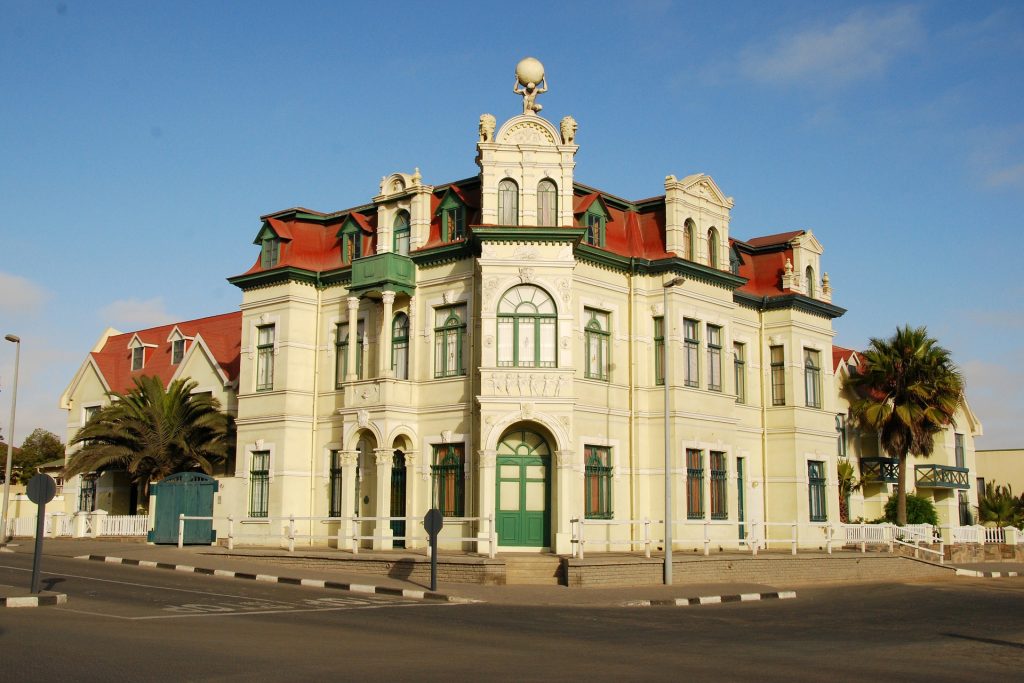
Traveling info
All visitors traveling to Namibia are required to have a valid passport. Visitors are divided amongst those who are required to obtain a visa in advance in order to visit the country and those who may visit Namibia without the requirement of a visa. Visitors who wish to drive a rental vehicle in Namibia are required to have their national driving permit and an international driving permit unless they are holders of a British driving permit. Beware that an IDP is only a translation of the original driving permit and does not substitute for it. Both documents must be with the driver at all times.
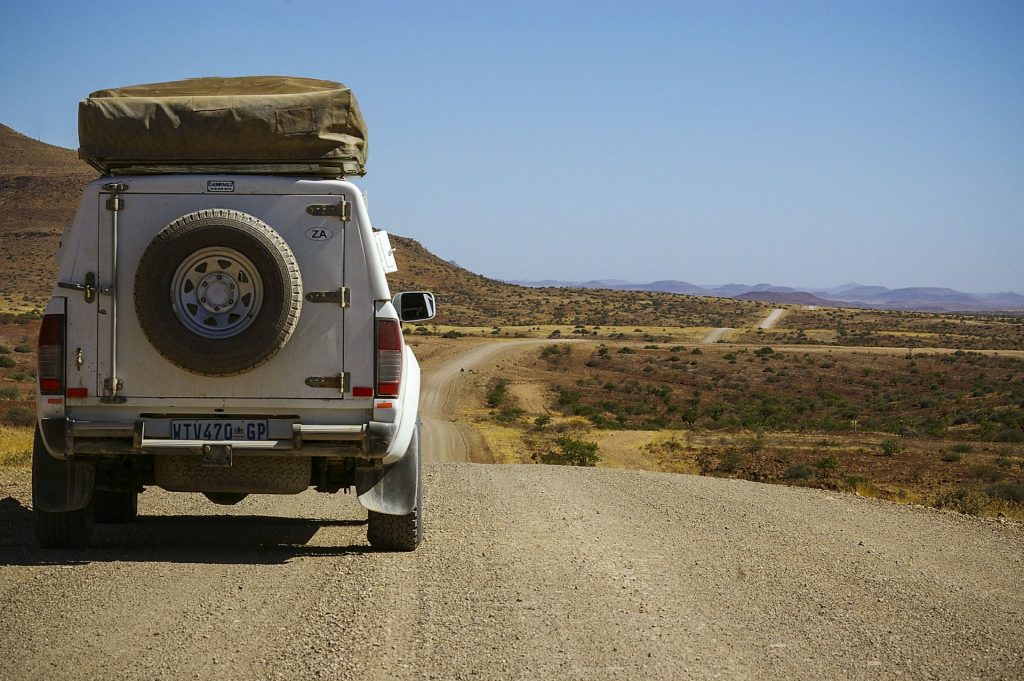
Traveling hazards
In Namibia, driving is done on the left-hand side of the road. Many of Namibia’s rural roads are gravel. Although these roads are generally well maintained, controlling a vehicle on gravel is significantly more difficult than on pavement. Drivers should not drive in excess of 80 km per hour on gravel roads, should reduce speed significantly for curves or turns, and should heed all warning signs. Hitting a sand patch or driving around a curve too fast can easily result in a rollover or spinout. Many accidents on gravel roads occur when tourists exceed safe speeds on corners or in areas recently damaged by rains. Visitors are reminded that motor vehicle accidents often, single car accidents are one of the primary causes of injury and death in Namibia, and drivers are therefore strongly urged to drive with caution. For those driving outside the capital, distances between cities can be considerable, and often gasoline is only available at a few service stations along a route. Fuel availability can be affected by power outages as well. All travelers are encouraged to plan their route to ensure a sufficient supply of fuel, and to carry five liters of water per person when traveling on dirt roads to guard against dehydration if an accident should occur.
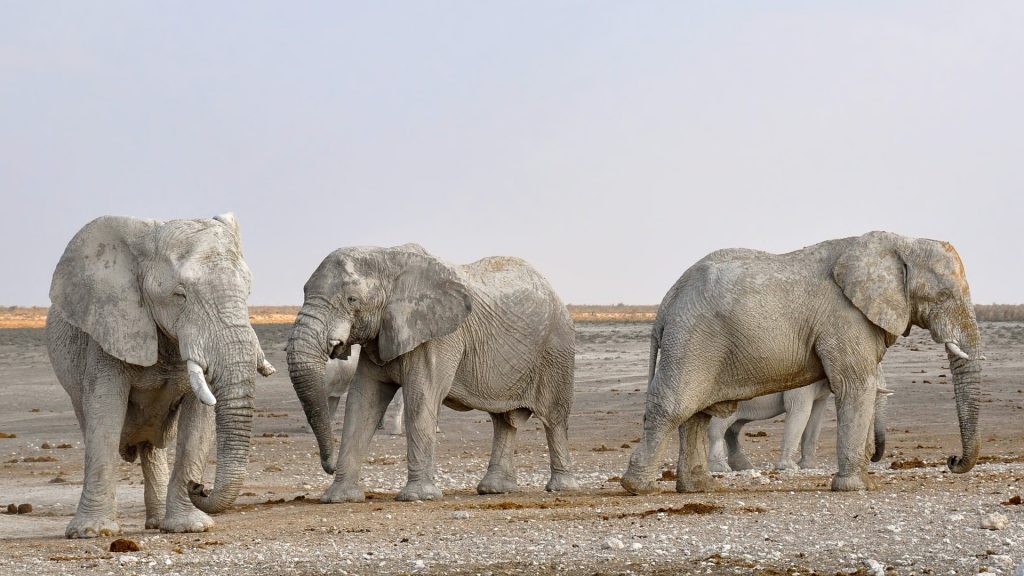
Environmental hazards
Namibia is vast and full of incredible animals, some of which are potentially dangerous to people. The list is long, but some of the most fear-inducing animals in Africa are lions. These animals are responsible for over 250 deaths each year. These giant creatures are fearless and bold. They are not afraid of people and will attack if they feel like it. These animals are apex predators in their area. The hippopotamus is present in the Northeastern strip of Namibia. These animals are large and despite the docile look, are fierce and will maul any intruder. These animals are mostly known for attacking tourists on kayaking trips on the Nile river in Egypt. These animals should not be approached. Rhinoceros and elephants can be found in Namibia. These animals are large and potentially dangerous. They will not attack people upon sighting however angering them is a death wish. The puff added and black mamba is amongst the most venomous and deadly snakes in Namibia. The Namibian sand spider is venomous and there is no known antivenom to its bite. The exacts effects of the venom are unknown however it can cause death. Luckily the spider is very rare. Despite very few reports of shark attacks, the long coast and warm waters of Namibia are home to numerous species of sharks including some of the largest great whites. Tourists should stick to designated and guarded beaches. Unguarded beaches do not guarantee safety.
Namibia is susceptible to many of the same natural disasters that affect much of southern Africa, namely, cyclical drought, epidemics, floods, and food insecurity.

Health hazards
There is no risk of yellow fever in Namibia. The government of Namibia requires proof of yellow fever vaccination only if you are arriving from a country with risk of yellow fever. There are several other vaccinations which are recommended but not required. These are the routine vaccines aka MMR vaccines, typhoid, hepatitis A and B and rabies vaccines. There is, unfortunately, no vaccination against Malaria however there are other ways to protect from contracting the disease. Using mosquito repellents is one way of protecting, in wet areas wearing long-sleeved clothes is advised. Use of mosquito nets is also advised. Medicine on prescription is also available after contacting your local practitioner. Namibia provides free healthcare to its citizens however, 80% of all medical facilities are located in Windhoek meaning that people in remote areas of the country may have no access or limited access to healthcare. Private facilities are exclusive to Windhoek and provide superior quality of care compared to their public equivalents. English is the official language used in Namibia, therefore, tourists should have no problem in communication with the hospital staff.
In case of an emergency dial Aeromed +264 (61)249 777 / 230 505 or MedRescue + 264 (61) 230 505/6/7.
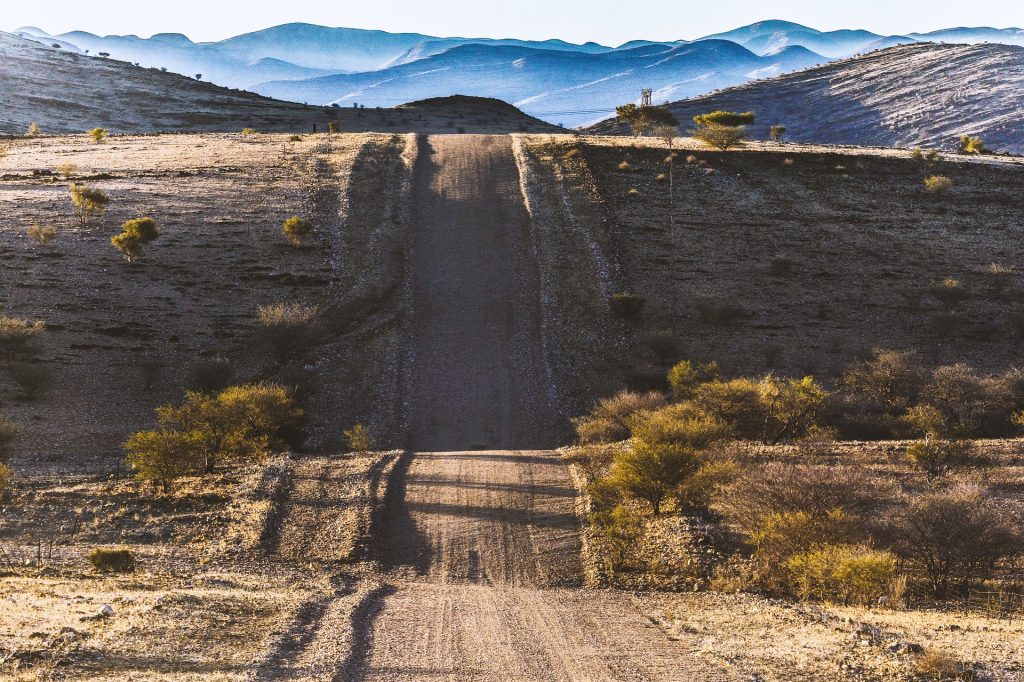
Crime
Tourists have regularly fallen victim to street crime. The most common incidents are non-violent crimes of opportunity such as pickpocketing, purse snatching, theft or scams near ATMs, vehicle break-ins, committed by thieves who rely on stealth, surprise, or opportunity. Pickpocketing and purse-snatching are most likely to take place in downtown shopping areas and other high-traffic locations where foreign visitors congregate. Incidents occur more frequently after dark and increase slightly on the weekends when there is less pedestrian traffic. Walking alone at night is not advisable. Additionally, people walking the streets alone, especially after normal business hours or after dark, with purses, bags, or backpacks are frequently targeted for the contents of their bags, especially electronics that are easily sold on the black market. Criminals sometimes brandish knives and occasionally firearms. In most cases, assailants leave the victim unharmed after receiving cash and/or a cellular phone. There is no risk of terrorism in Namibia. Namibia is not a drug producing country however it is one of the smuggling routes. Drug laws are strictly enforced in Namibia and no bail is granted to suspects until a court appearance.
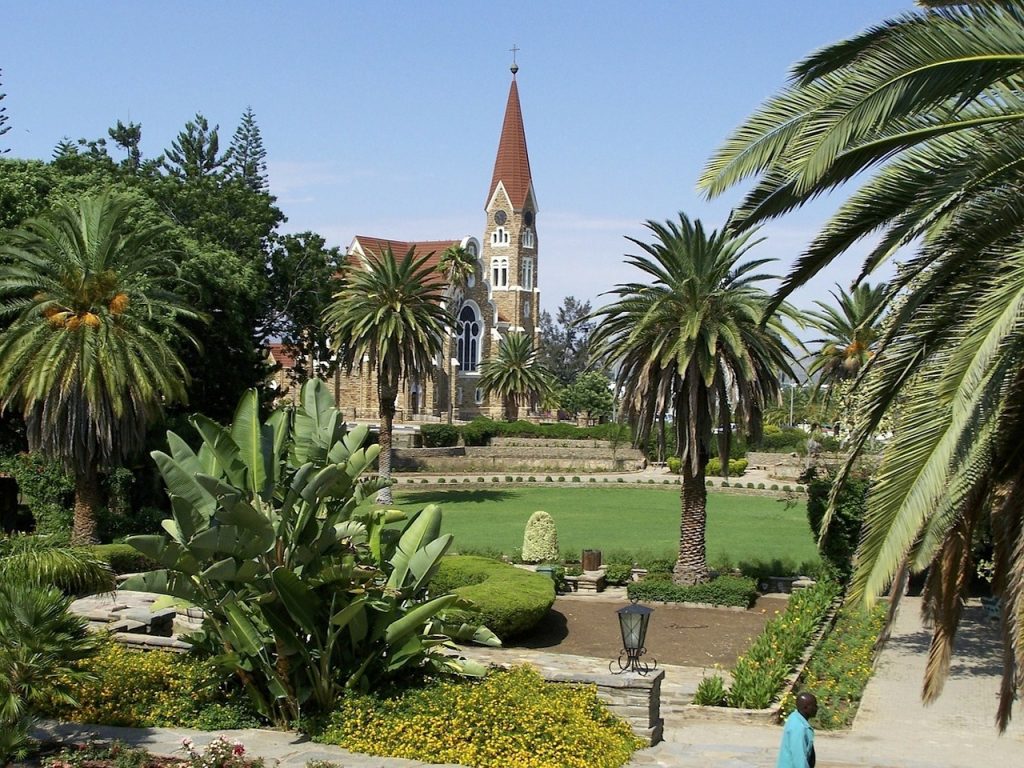
Summary
Namibia is truly a fascinating place. One can experience the clash of Africa and German 19th-century culture influence over its inhabitants. Some of the last nomads in Africa happen to inhabit areas of the Namib desert. They refuse westernization and can be met up with only on a certain time of the year. Remember that planning your trip with Travset.com will give you the quickest information about nearest emergency services and will also help you purchase indispensable travel insurance for the trip of your lifetime. Please feel free to comment and share the experiences of your travels with Travset.com.
Sources
(Visa)
http://www.namibia.org.za/visa-requirements/
https://www.worldtravelguide.net/guides/africa/namibia/passport-visa/
(Vaccinations)
https://wwwnc.cdc.gov/travel/destinations/traveler/none/namibia
https://wwwnc.cdc.gov/travel/yellowbook/2018/infectious-diseases-related-to-travel/yellow-fever#5291



